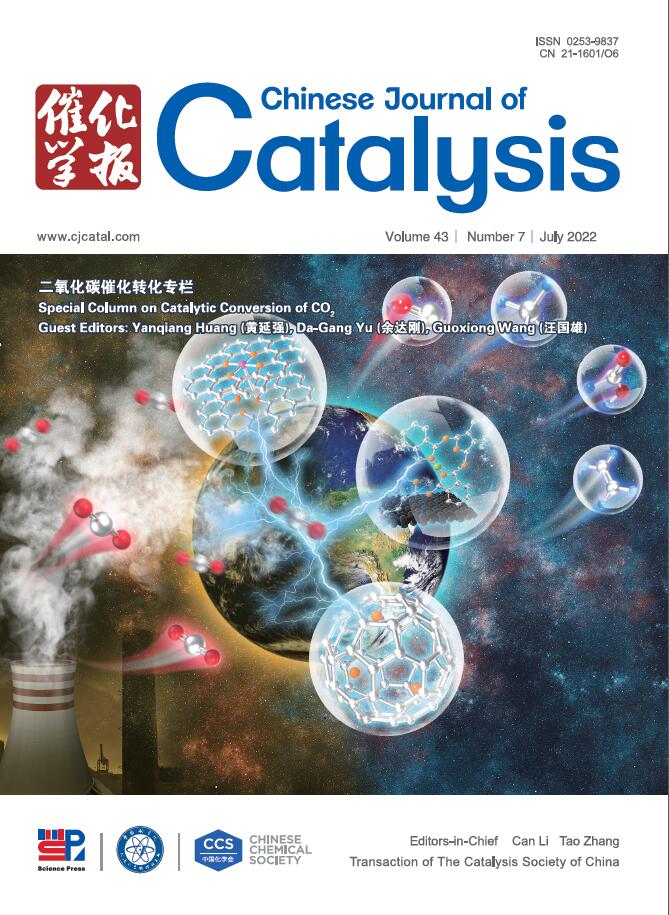Recent advances in tantalum nitride for photoelectrochemical water splitting
IF 15.7
1区 化学
Q1 CHEMISTRY, APPLIED
引用次数: 0
Abstract
ABSTRACT
Harnessing solar energy for renewable fuel production through artificial photosynthesis offers an ideal solution to the current energy and environmental crises. Among various methods, photoelectrochemical (PEC) water splitting stands out as a promising approach for direct solar-driven hydrogen production. Enhancing the efficiency and stability of photoelectrodes is a key focus in PEC water-splitting research. Tantalum nitride (Ta3N5), with its suitable band gap and band-edge positions for PEC water splitting, has emerged as a highly promising photoanode material. This review begins by introducing the history and fundamental characteristics of Ta3N5, emphasizing both its advantages and challenges. It then explores methods to improve light absorption efficiency, charge separation and transfer efficiency, surface reaction rate, and the stability of Ta3N5 photoanodes. Additionally, the review discusses the progress of research on tandem PEC cells incorporating Ta3N5 photoanodes. Finally, it looks ahead to future research directions for Ta3N5 photoanodes. The strategic approach outlined in this review can also be applied to other photoelectrode materials, providing guidance for their development.
求助全文
约1分钟内获得全文
求助全文
来源期刊

Chinese Journal of Catalysis
工程技术-工程:化工
CiteScore
25.80
自引率
10.30%
发文量
235
审稿时长
1.2 months
期刊介绍:
The journal covers a broad scope, encompassing new trends in catalysis for applications in energy production, environmental protection, and the preparation of materials, petroleum chemicals, and fine chemicals. It explores the scientific foundation for preparing and activating catalysts of commercial interest, emphasizing representative models.The focus includes spectroscopic methods for structural characterization, especially in situ techniques, as well as new theoretical methods with practical impact in catalysis and catalytic reactions.The journal delves into the relationship between homogeneous and heterogeneous catalysis and includes theoretical studies on the structure and reactivity of catalysts.Additionally, contributions on photocatalysis, biocatalysis, surface science, and catalysis-related chemical kinetics are welcomed.
 求助内容:
求助内容: 应助结果提醒方式:
应助结果提醒方式:


